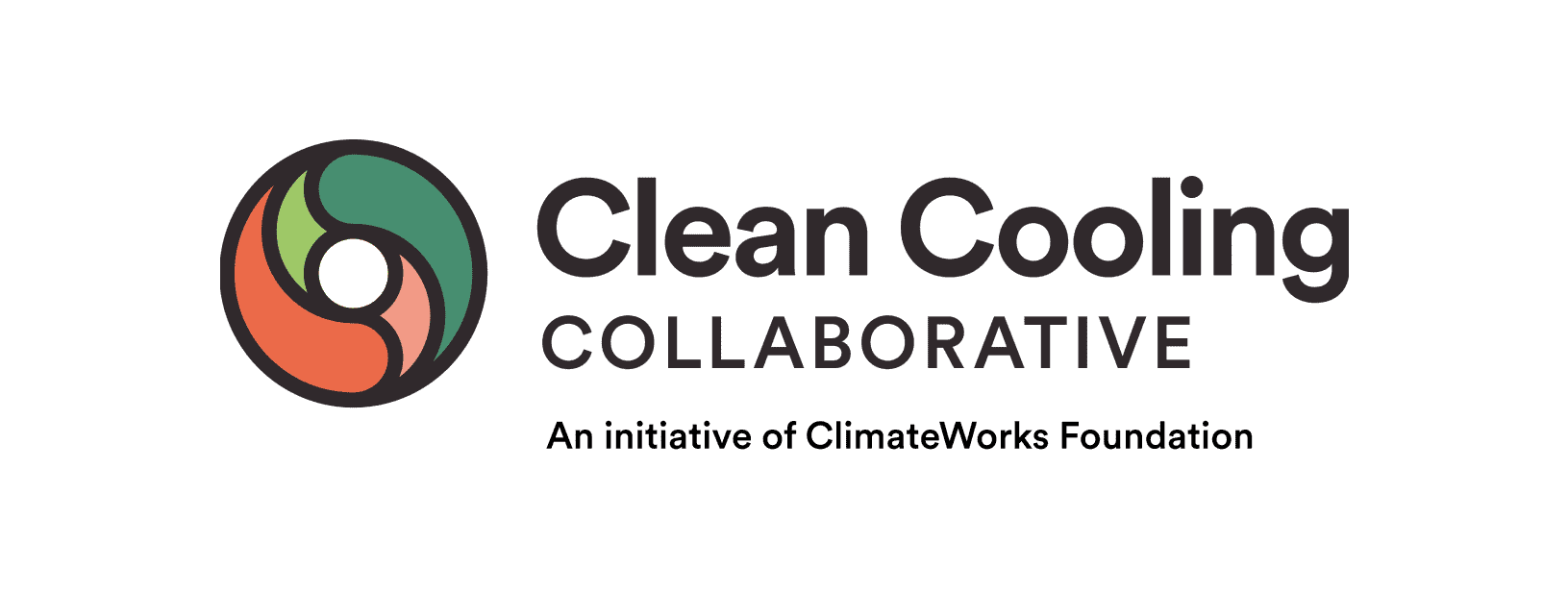
Climate Resolve launched our Shine On initiative to bring together a coalition of partners under the Sol Collaborative to drive the adoption of cool surfaces (cool roofs, walls, and pavement) as an essential strategy in combating global climate change.
Shine On will foster international consensus on the two-for-one benefits of cool surfaces. They provide local public health benefits by mitigating the UHI effect. When implemented at scale, they can also create global climate benefits by mitigating the solar radiative forcing that creates the Earth’s energy imbalance, which causes climate change (Figures 1 and 2).

Figure 1: How the sun’s energy entering Earth’s atmosphere affects climate change, using 100 units of the sun’s energy as a baseline. When the amount of energy entering the Earth’s system is greater than the amount leaving, the Earth’s system warms. This energy imbalance drives climate change.
Shine On will spur public and private funding for large-scale cool community projects, particularly for under-resourced communities.
For more than a decade, Climate Resolve has advocated for the adoption of cool surfaces. Thanks to our activism in support of cool roof policy mandates, there are now 100,000+ cool roofs in the Los Angeles area. We implement projects, too – working with other nonprofits and private-sector partners to donate dozens of cool roof retrofits to income-qualified homeowners in Los Angeles County, as well as managing the implementation of an 18-block cool pavement project in LA’s Pacoima neighborhood.
Our built environment is covered with asphalt pavement and asphaltic roofing shingles made of fossil fuels. These asphaltic materials absorb the sun’s energy, radiate heat, and amplify local surface temperatures in cities to create the UHI effect, which causes severe public health impacts, particularly among residents of under-resourced communities. Rather than absorbing the sun’s energy and re-emitting it as heat, cool surfaces have higher albedo that reflect more of the sun’s energy back into space.
Cool community projects replace asphaltic materials with cool surfaces throughout the built environment. These cool surfaces can be integrated with tree canopies, shade structures, hydration stations, and drought-tolerant green space to provide mutually reinforcing solutions.
Figure 3 – Satellite greyscale image of southeast Las Vegas and surrounding natural landscapes shows how roofing, wall, and pavement choices in urban environments have relatively low albedos, which influences the quantity of sunlight reflected back to space (Google Maps, retrieved February 19, 2023).
In 2023, with generous funding from the ClimateWorks Foundation’s Clean Cooling Collaborative and the Grantham Foundation, Climate Resolve launched the Shine On initiative to continue efforts to understand better and quantify the climate effects of AMBE in the built environment and to identify strategies to integrate those benefits into policy and finance mechanisms. Climate Resolve is structuring multi-stakeholder participation in the Shine On initiative through our convening of the Sol Collaborative, which includes over 135 participants from 70 organizations coordinating within five interconnected working groups:
- The White Paper Working Group manages the development, editing, and publication of this white paper, including future updates, to describe the state of the peer-reviewed, scientific research on how surface albedo affects the Earth’s energy balance.
- The Policy and Communications Working Group advances policy, codes/standards, and public funding in support of AMBE projects through an equity lens.
- The Technical Working Group is developing a comprehensive, dynamic tool to estimate, measure, and verify the radiative forcing (W/m²) and GHG-equivalent (CO2 e) impacts of cool surfaces in urban, suburban, and rural communities worldwide.
- The Finance Working Group is preparing and implementing a roadmap to attract more private-sector capital into AMBE projects, particularly to benefit under-resourced communities.
- The Albedo Projects Working group is developing and implementing AMBE projects in Los Angeles County that will provide both UHI mitigation benefits and global cooling benefits and is documenting those benefits through impact studies in partnership with local academic researchers, who publish the studies in peer-reviewed journals.
For more information, please see our press release here or contact:
Seth Jacobson
Program Director, Shine On
Climate Solutions Officer, Climate Resolve
[email protected]
Sol Collaborative participants can log into the membership hub here.






